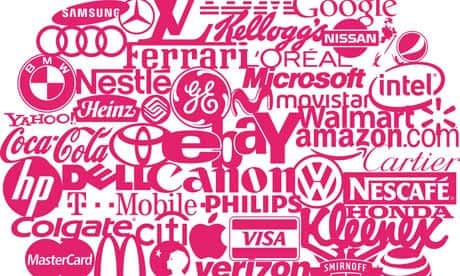As 69% of brands recently reported creating more content year-on-year, we asked experts across the industry to help explain where content marketing is headed in 2015.
The 24-hour newsroom
Camilla Grey, Global Head of Content Strategy, Wolff Oliins
The best way for brands to connect with people is to behave like them – reacting and responding to the world around them as things happen. This means they need to be as instinctive, natural and – most importantly – creative as everyone else. But, as the velocity of content increases, the timeframe for responding decreases. The days of the 24 hr sign-off process are over, as brands need to jump in within minutes, even seconds, with just the right piece of content.
To do this convincingly, a strong brand – one that is understood, known and activated by everyone who represents it – is critical. From tone of voice to visual expression, employees at all levels need to feel both confident and empowered to act on behalf of the brand no matter the context.
ROI at the forefront
Meredith Kopit Levien, Executive Vice President, Advertising, The New York Times
As brand dollars continue to be added to or shift from traditional and paid media to content marketing, the pressure will rise on proving its value. Brands and their content marketing partners will get more strategic about how to measure the ROI of their investment in content. Yesterday it was fans and likes; today it's pageviews and social reach; 2015 will be about attention and deep engagement, and how they impact a company's sales, sentiment and reputation.
Content marketing will mature to be high quality programming. Interruptive "commercial time" or disruptive advertising will give way to marketer content living alongside journalistic or entertainment content, transparently labeled as created on behalf of a brand, and winning attention anyway on the quality of the work.
User experience holds the key
Jean Ellen Cowgill, President, Atlantic Media Strategies
With the rise of mobile content consumption (largely through social apps), readers are moving evermore seamlessly across personalized streams of content. When we have the internet in our pocket, we can dip in and out, jumping from stream to stream, sampling across many sites in the course of a few minutes. Recent ethnographic research has exposed no less than 16 different ways that people consume the news. People no longer simply "read." They "snack," "scan," and "monitor." They make a decision in the fraction of a moment as to how valuable a piece of content is, how much time they should give to it, and ultimately whether they will share it forward.
As a result, a brand's digital presence is fragmented across many possible points of contact. An organization must craft user experiences that befit the environment in which readers will discover, read, and share. In her seminal 2014 Internet trends forecast, digital expert Mary Meeker described brands' reaction to this new world in Three C's: content, community, and commerce. Surfacing and structuring a company's most relevant insights—as great content—can position a brand as a trusted partner. Enabling meaningful forums and social extensions—a community—establishes an ecosystem around the brand. Crafting the right pathway to commerce--to the product or service that a specific user needs--can shift reactions from "ugh, advertising" to "ah, that's what I was looking for."
Branded content to up its game
Simon Robertson and Richard Cable, Digital Publishing Leads, BBH
During the next 12 months 'branded content' needs to move from conference-keynote-standard to active reality for brands. The truth is that the branded content industry is going to have to do some serious homework before it can graduate to demanding real budgets from advertisers.
All the conditions for genuinely powerful branded content are in place: ad agencies and advertisers are staffing up; post-IPO social media platforms are figuring out how to monetise themselves; and a growing pool of creative talent is applying itself to the difficult question of making great content for brands.
What's needed now is for more brands to apply the strategic clarity and creative daring they would previously have poured into a thirty second TV ad to making content that people will choose to spend their time with.
If that happens, we're going to see the branded content industry affecting some real change in the media landscape: brands not piggybacking Vice, but creating their own editorial voice and something genuinely interesting to say with it; YouTubers taking brands 'native' in meaningful (rather than nakedly shallow and opportunistic) creative collaborations; authors and film-makers willingly engaged in mutually beneficial, powerful branded storytelling (think John Favreau's 'Chef' and its story of a man who learns to stop worrying and love the Twitter).
Stacking content and serialization
Astrid Sandoval, Deputy Business Development Director, Guardian Labs
As the media world continues to converge across formats, genres and lengths of content, 2015 is set to be a year of experimentation in video and film, with Buzzfeed and Vice investing in long-form, while Netflix moves into short-form content. The need for community-building, retaining audiences and deepening relationships is more critical than ever, yet the solution is not clear. Media consumption shows conflicting behaviours. What's better: a marathon weekend viewing of Breaking Bad? A weekly listen to the ever popular Serial podcast? Or the episodic reveal of a story happening in real time? How we consume content will continue to be led by personal choice as the ability for everyone to create content in various formats and lengths allows for more choices (think co-producing a memoir with Neil Patrick Harris). How brands take advantage of these new distribution models to deepen consumer engagement and increase repeat visits is one to watch.

Comments (…)
Sign in or create your Guardian account to join the discussion